-
Posts
223 -
Joined
-
Last visited
Content Type
Profiles
Forums
Gallery
Events
Posts posted by pwog
-
-
-
-
Thanks Tim. It’s nerve racking for me, as a noob. But, so far it’s worked out for me. I’ve never done bulkheads and planking - that freaks me out. However, I’m going to take the plunge next build.
- FriedClams and VTHokiEE
-
 2
2
-
- BobG, VTHokiEE, Duanelaker and 5 others
-
 8
8
-
-
I haven't been idle. It's taken me a while and a lot of frazzled nerves as I shaped the hull using the above mentioned templates. There were 16 total.
I was sanding so much that I thought I was going to end up with a sardine, not a sardine carrier! 😬
I'm still not sure I'm finished with the hull shaping yet, but I thought it would be prudent to go a bit further ahead on the instructions to get a better idea of my progress before gluing the deck on.
I dry fitted the stem, keel and stern post, mad some adjustments and glued them in place. The stem needed to be soaked in water and bent to fit the bow profile. As you can see from the photo I still needed to do some gap filling.
Sorry, I took the photo of the filling job after I mounted the hull to the building board (next image).
I marked and drilled the hole for the propeller shaft on the stern post. Then I marked the location of the rudder post on the top and bottom of the rudder and drilled the holes. I marked and drilled into the hull and through the keel at the location for the rudder. I cut the supplied brass rod to the appropriate lengths for the rudder post and inserted them into the rudder. I painted the brass a silver color and primed and sanded the rudder. I will paint the rudder oxide red and then put it aside for later.
So, now I am at a decision point and I'm looking for some guidance from you experienced modelers or Nic (if you're reading this), please...
My next step is to glue the deck to the hull and per the instructions, sand the deck edges flush with the sides of the hull. When I lay the deck onto the hull there is a fair amount of hull, especially at the stern, that looks like it needs to be removed. I'm hesitant to take off so much off without making sure I have thought this through, being a noob and all.
I traced the deck onto the hull (next image), so you can see what I'm talking about.
Any advice or suggestions would be appreciated. Thanks!
-
-
She’s looking great popeye! Excellent timing on bringing her back out, given today’s date.
-
@popeye the sailor Thanks so much for your kind words. They’re appreciated.
-
@FriedClams Thanks so much for your kind words Gary. They mean a lot.
-
-
I glued the templates from the plans on to poster board and cut them out. They will be used to shape the hull. At first I used a scissors to cut out the templates, but I didn’t think my fingers would last. I switched over to my hobby knife and things went a lot better. Having a supply of sharp blades helped.
l then used the deck template to mark out the stations on the deck, draw them in and label them.
Now, I am working on removing the remains of the “carving lugs” from the bow and stern. I’m using a course round file and sandpaper with a sanding block.
- yvesvidal, BobG, FriedClams and 4 others
-
 7
7
-
-
Here is an image of the kit contents:
I have been spending time gathering items needed for my build and familiarizing myself with the instructions. This build looks to be, for me, way more challenging than the Red Baron. I plan to take my time. I am still learning to work with wood and the tools that I am acquiring.
Starting out I am shaping and smoothing the deck surface.
I am including a picture below of the sardine carrier Jacob Pike. I took the image this summer while stopping in Boothbay Harbor, Maine. The Jacob Pike is currently moored there. She was built in 1949 in the same yard as the Pauline.

-
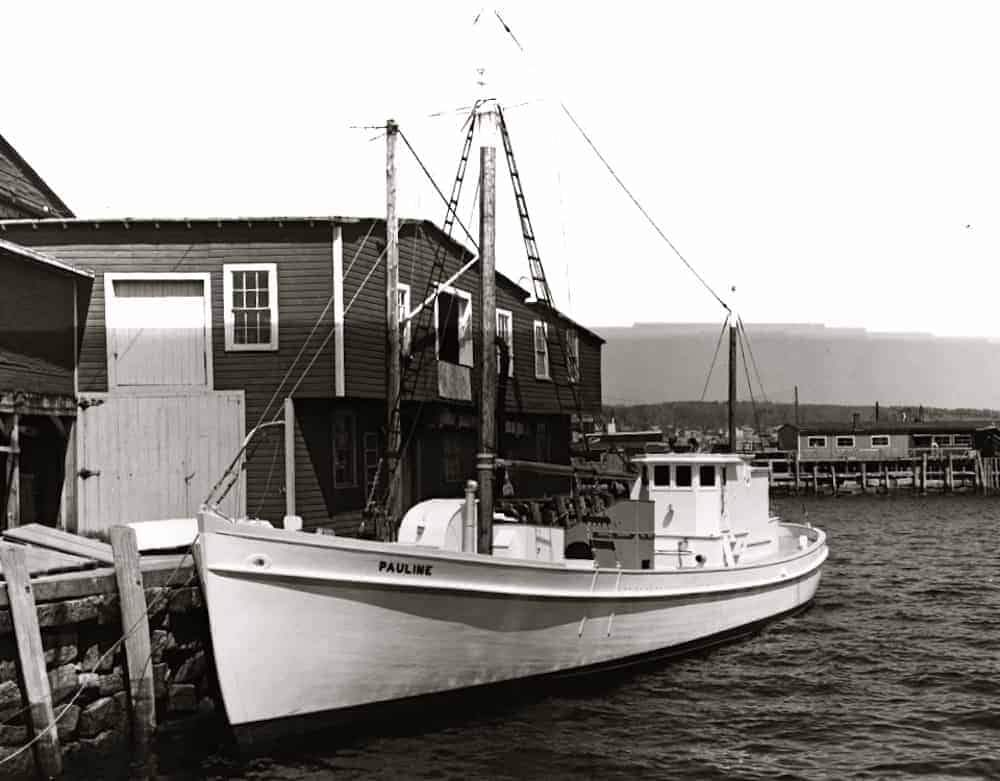
I am getting ready to start my second build. I’ve chosen to build the sardine carrier Pauline by Bluejacket Shipcrafters. I hope you will indulge me as I start with a brief history of sardine carriers.*Having spent a lot of time traveling up and down the coast of Maine between Portland and Mount Desert Island, both by car and boat, I have come across a variety of ships and boats. As I have noted before, I have always been drawn to working boats/ships.
The Pauline, among other sardine carriers, has a unique spot in Maine’s maritime history. The areas along Maine’s convoluted shoreline known as the Midcoast and Down East were a favorite feeding ground for herring; sardines being an immature type of herring.
Around the later 1800s sardines became a thriving industry in Maine and bordering Canada, as the first sardine canneries began popping up along that part of the coast. Herring were seined and additionally caught in weirs. Weirs were roughly circular enclosures of pilings and/or saplings, lined with nets, in which the herring swam into with the tide to feed. When the weirs were full the fisherman would come out (usually in a dory) to the weir, drop a seine net around the weir, trapping the herring. Once the fish were trapped in the net a “carryaway” boat, would come and transfer the fish to the cannery.
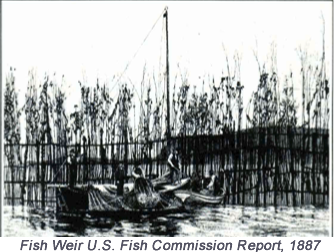
The carryaway boats were usually schooners, as they were abundant in the area and large enough to carry the catch. The nature of the sardine industry, mainly the fact that the small fish were highly perishable and speed getting to the canneries was critical, caused the carryaway boat to be changed from a schooner to a sloop-rigged, double-ended vessel. They were referred to as pinky type, but did not have the built-up bulwarks of the older pinky schooners. The sloop rig was faster than the schooner and was also able to carry more fish, due to larger holds.
The pinky, although larger than the carryaway boat, was still too small to handle the demand, and when faced with a heading tide or no wind, too slow. Symbolic of the demise of the sailing sloops—and all sailing sardine boats for that matter—was the steamer.
Fast forward to the end of the Nineteenth Century, beginning of the Twentieth Century and gasoline power pretty much marked the end of sailing sardine boats. Initially, the carriers were boats designed for sail, but retrofitted with engines. Eventually vessels were designed specifically to carry sardines.The Pauline was built by the Newbert & Wallace yard in Thomaston, Maine. The Pauline was built for The North Lubec Canning Company in 1948. She was built with 4” double-sawn frames and 2” hard pine planking. She was built to have three watertight bulkheads, with the engine room in the after compartment and the living quarters up forward. That way there were two fish holds amidships, so it didn’t make any difference how much of a load was on board - she still trimmed well. Pauline had a length overall of 83’. She was known as the “queen of the fleet”. She was one of the best kept carriers on the Maine coast. Her captain, Henry Dodge and mate, Carl “Swede” Carlson, taking over in 1965, kept the Pauline looking like a yacht.
After 40 years, working as a sardine carrier, in 1988 the Pauline was purchased and converted into a passenger vessel. She was used coastwise Maine until sometime in the early 2000s. She sat unused for years at the Billings Diesel & Marine shipyard in Stonington, Maine. A few years ago, Harlan Billings, late owner of the shipyard, donated Pauline to OceansWide Inc., a 501(c)(3) nonprofit. OceanWide is currently raising the funding to restore Pauline to her original appearance as a sardine carrier.
Pauline was pulled earlier this past summer and is now sitting on the hard at Billings where she is waiting to be moved to another yard.
This summer I moored my boat at Billings yard in Stonington and took a picture of Pauline on the hard. I for one can’t wait to see her restored back to her beautiful old self.
*Credits for above:
Coastal Maine, A Maritime History by Roger F. Duncan Countryman Press, 2002.
Sardine Carriers by Michael Crowley, WoodenBoat Magazine, issues 58 & 59, 1984.
Pauline, A Working Sardine Carrier by Maynard Bray, WoodenBoat Magazine, issues 59, 1984.
Iconic Sardine Carrier Pauline to be Restored for Education by Stephen Rappaport, The Ellsworth American, July 17, 2020.
I began this build by driving up to Searsport, Maine and picking up my kit directly from Bluejacket Shipcrafters. It was a real thrill to be able to walk their showroom and see all their models completed and displayed. I would like to express my gratitude to Nic Damuck and crew for being so welcoming, especially Nic, for taking the time to take me on a tour of their fabulous facilities. If you are ever in this part of the country, stop by, you won't be sorry.
-
Yes, I second the recommendation of Alexander Kent's Bolitho series.
-
-
I don't know how I missed this log. You are a true craftswoman! Exquisite!
-
Hi Al, I was up at the shop yesterday and Nic showed me the hull blanks for the Savanna. I'm excited to see the progress and the new kits. You guys have a wonderful shop going on in Searsport.
- BobG, Kevin, Bill Morrison and 2 others
-
 5
5
-
Beautiful! You did an awesome job. I love the addition of the lobster trap, bucket and buoy!
- ThirdCoast and AON
-
 2
2
-
Sewing is definitely a skill. You did well. I can’t wait to see the final pictures. I’m glad you enjoyed the build. I enjoyed following along.
-
Hi Tim,
I just finished going through your build here. Outstanding! Really? This was only your second build? Stunning job!
How do you like the Midwest kits?
- Old Collingwood and VTHokiEE
-
 2
2
-
-
41 minutes ago, MrBlueJacket said:
Good timing - We're carving Pauline hulls on Monday, will have kits a couple of days after that.
Nic,
can I call you in a bit to discuss picking one up?

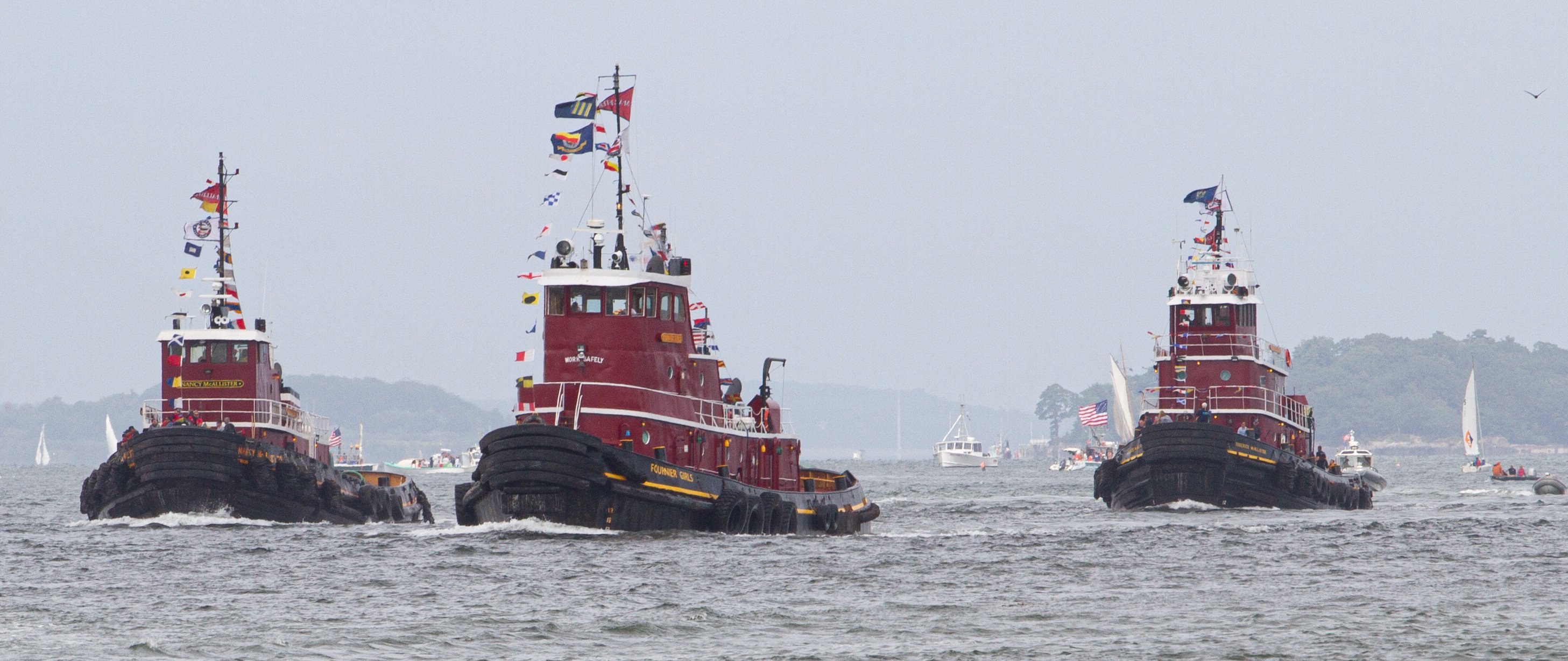
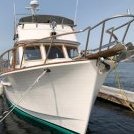
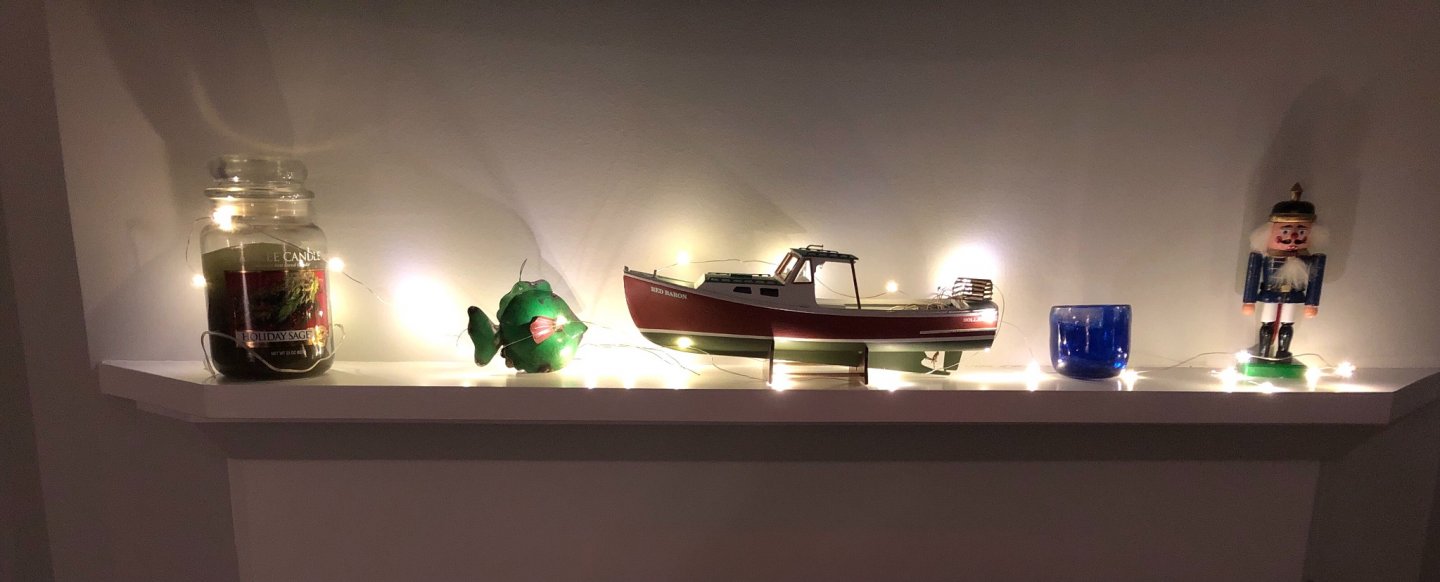
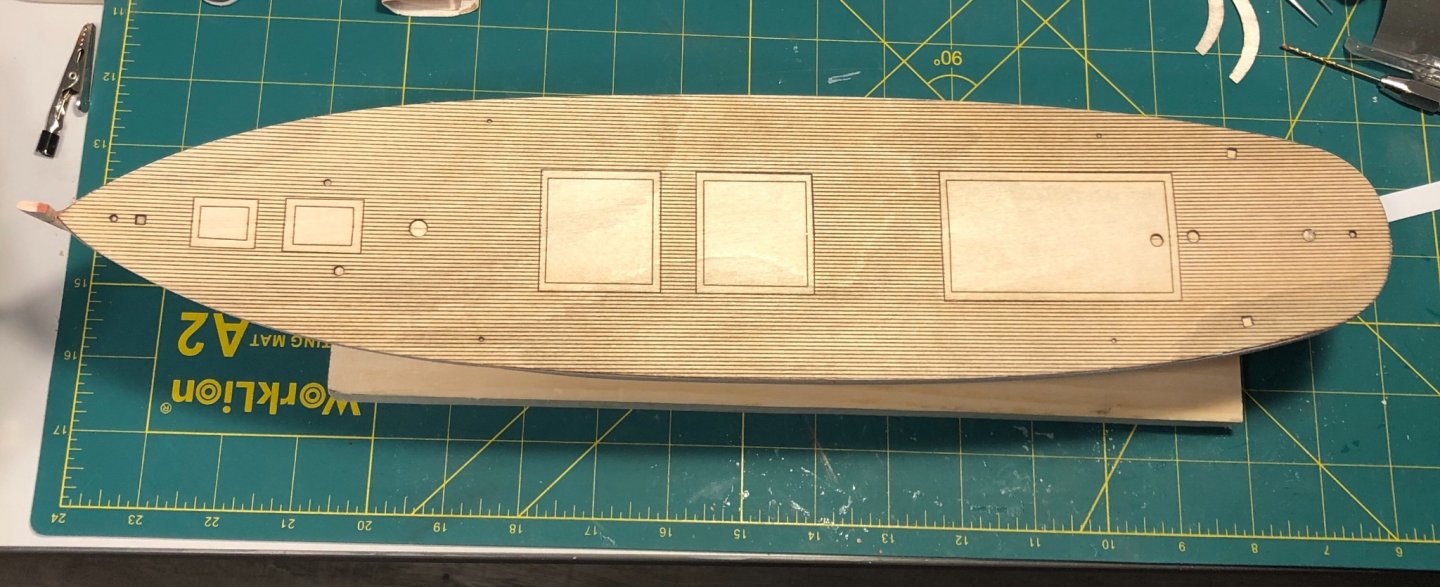
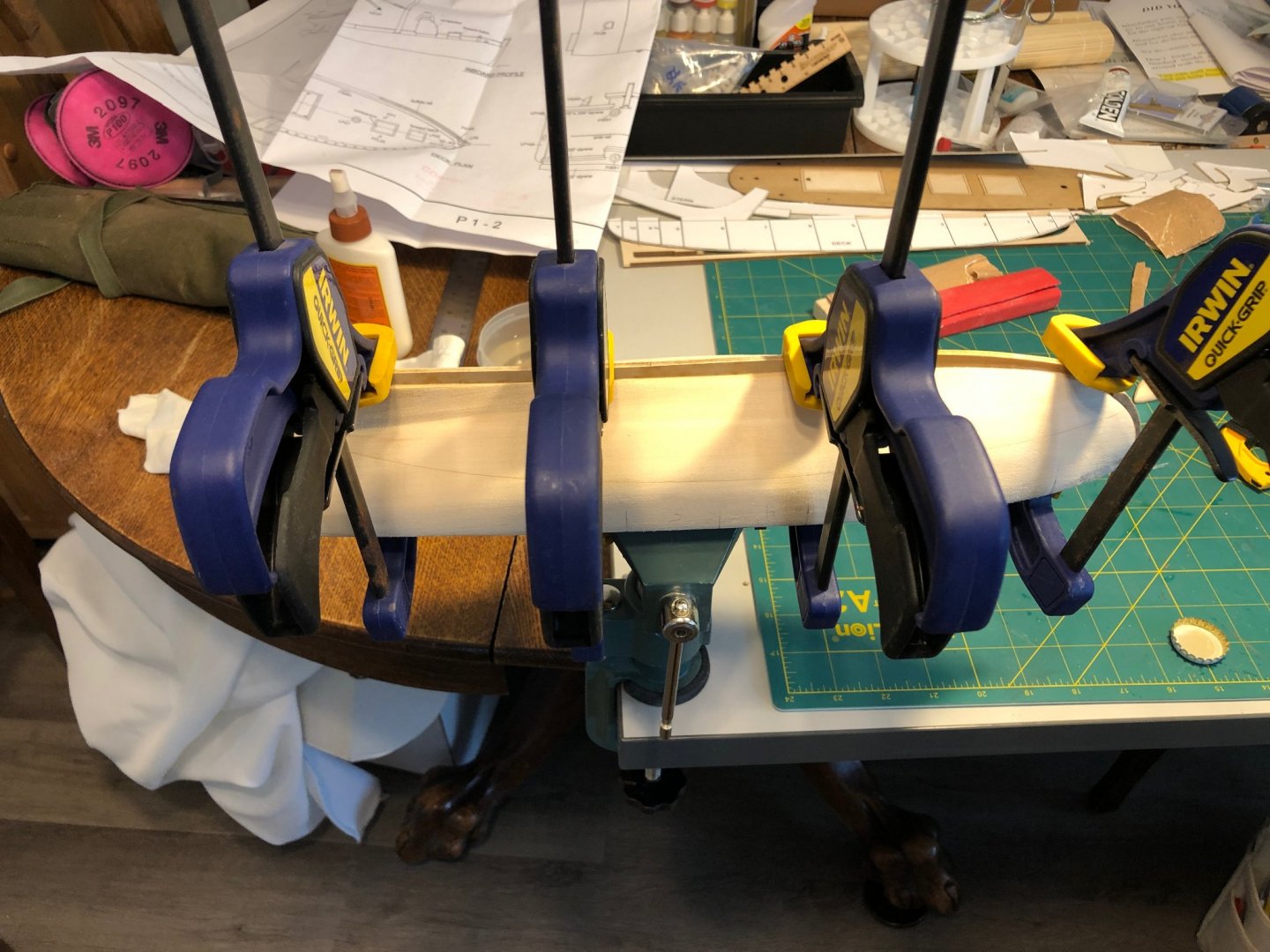
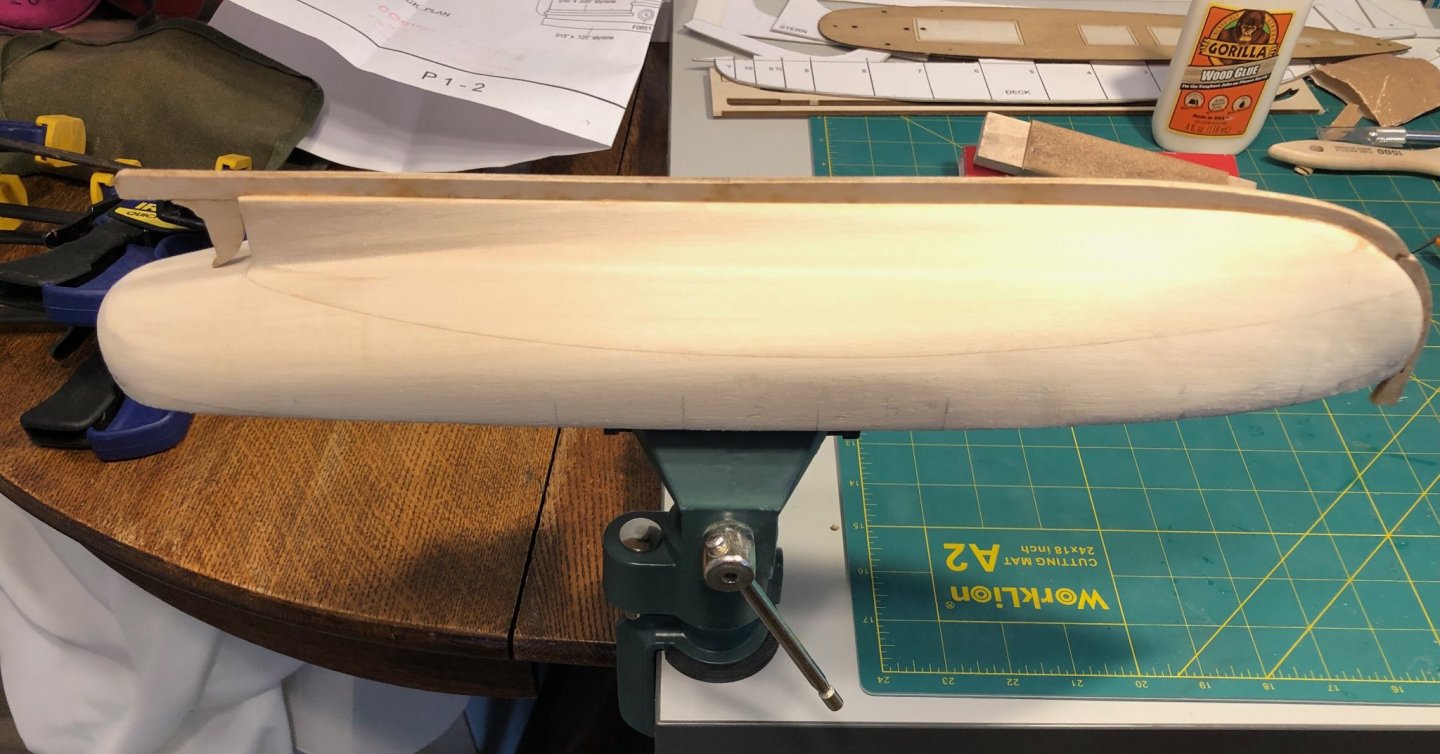
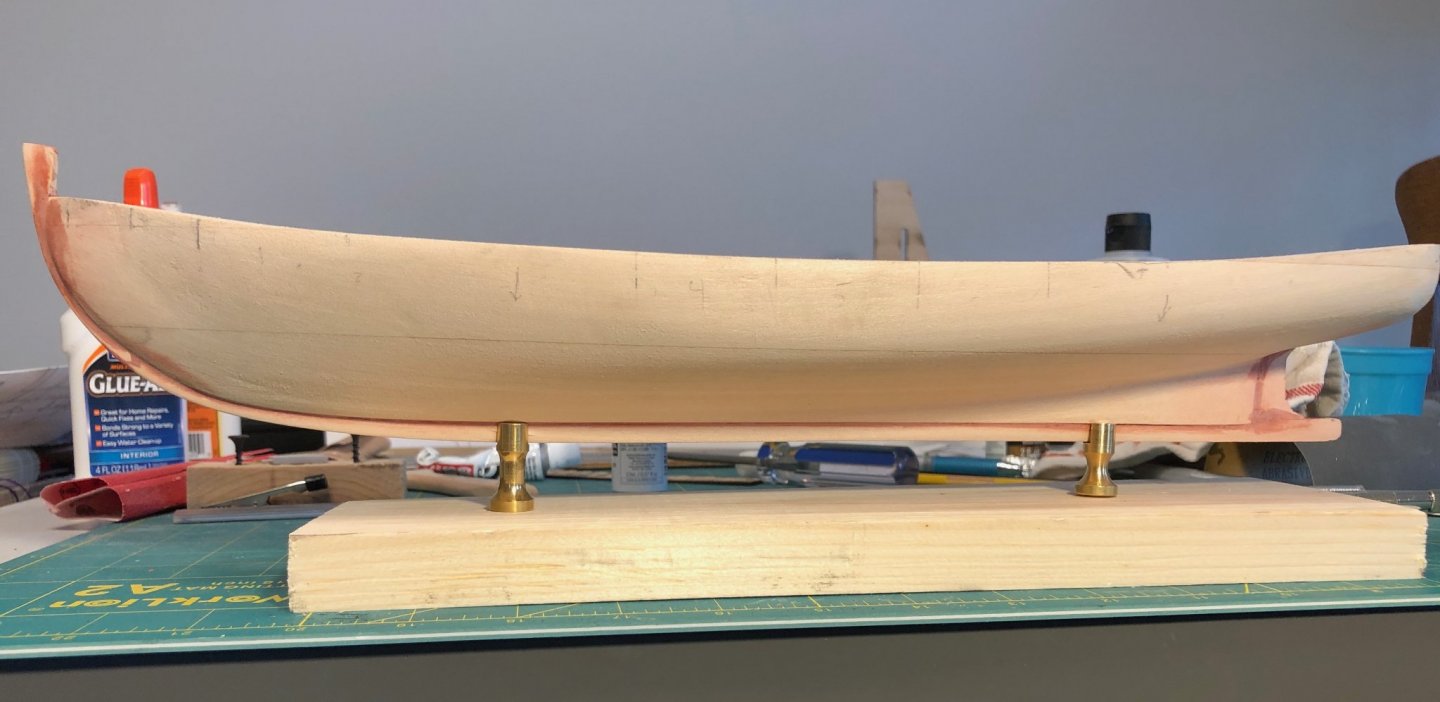
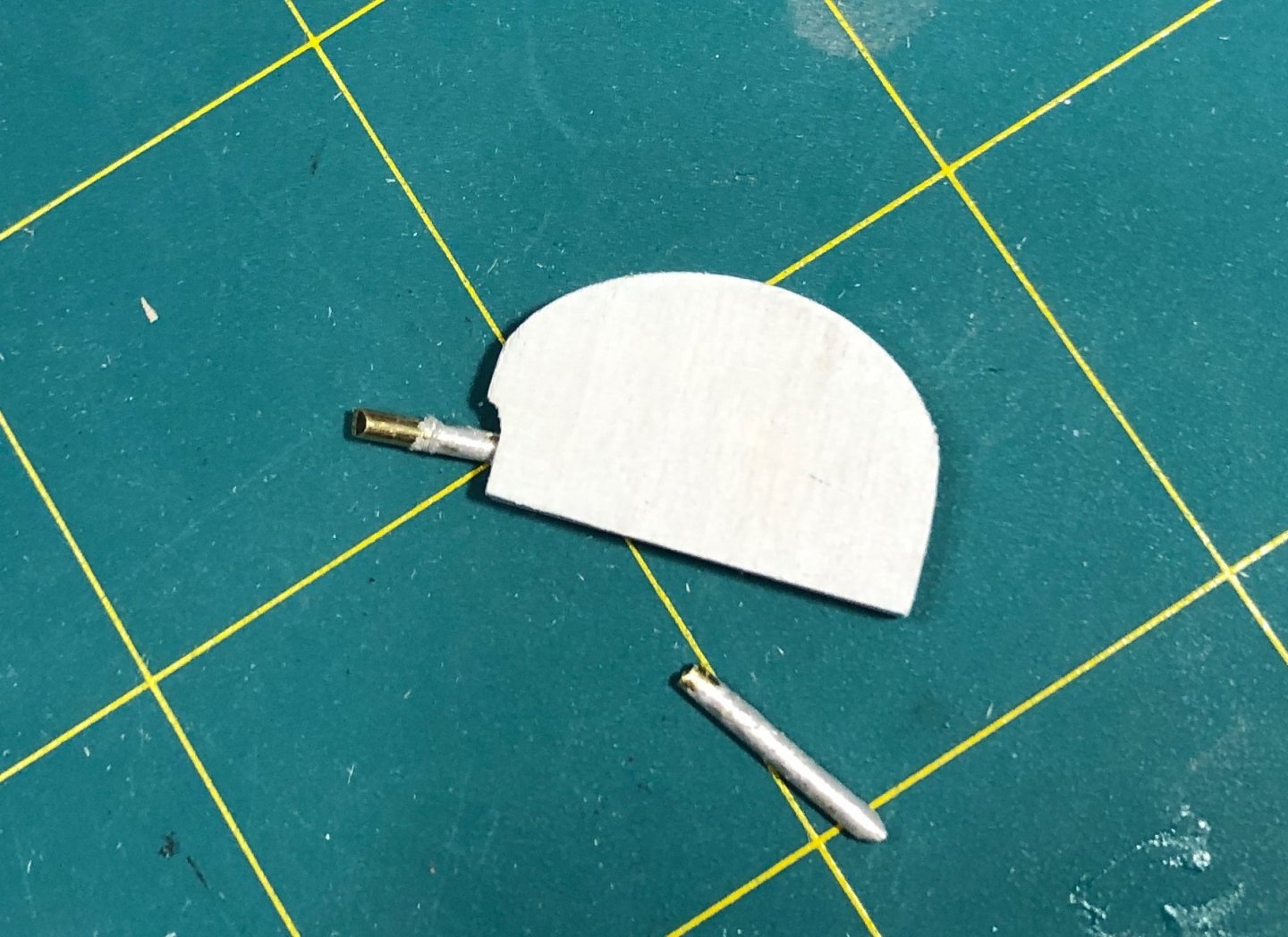
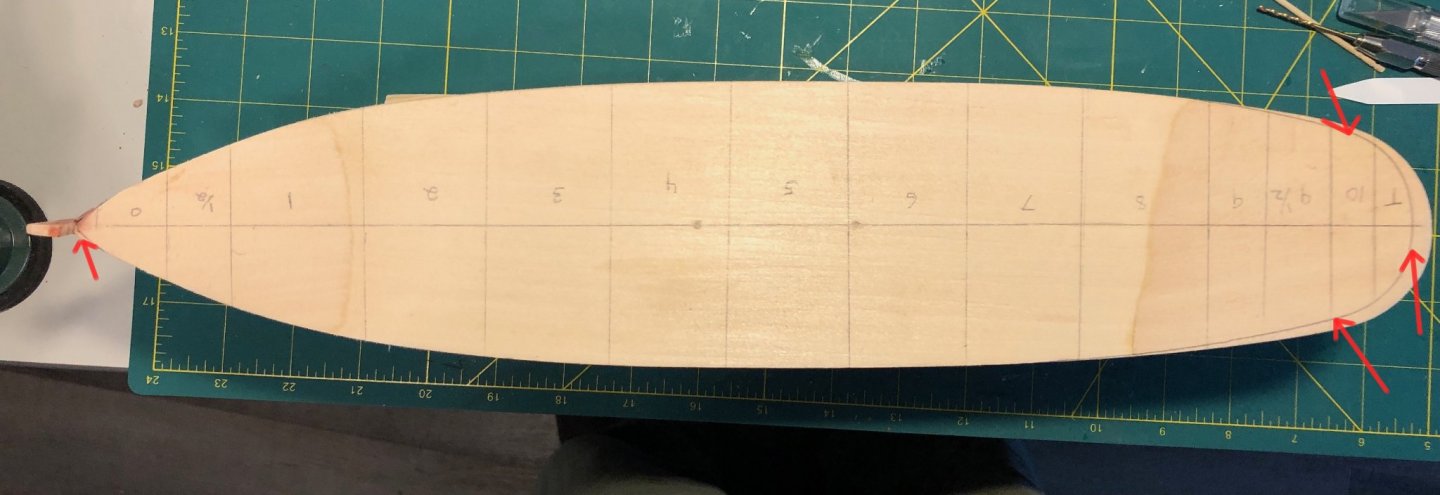

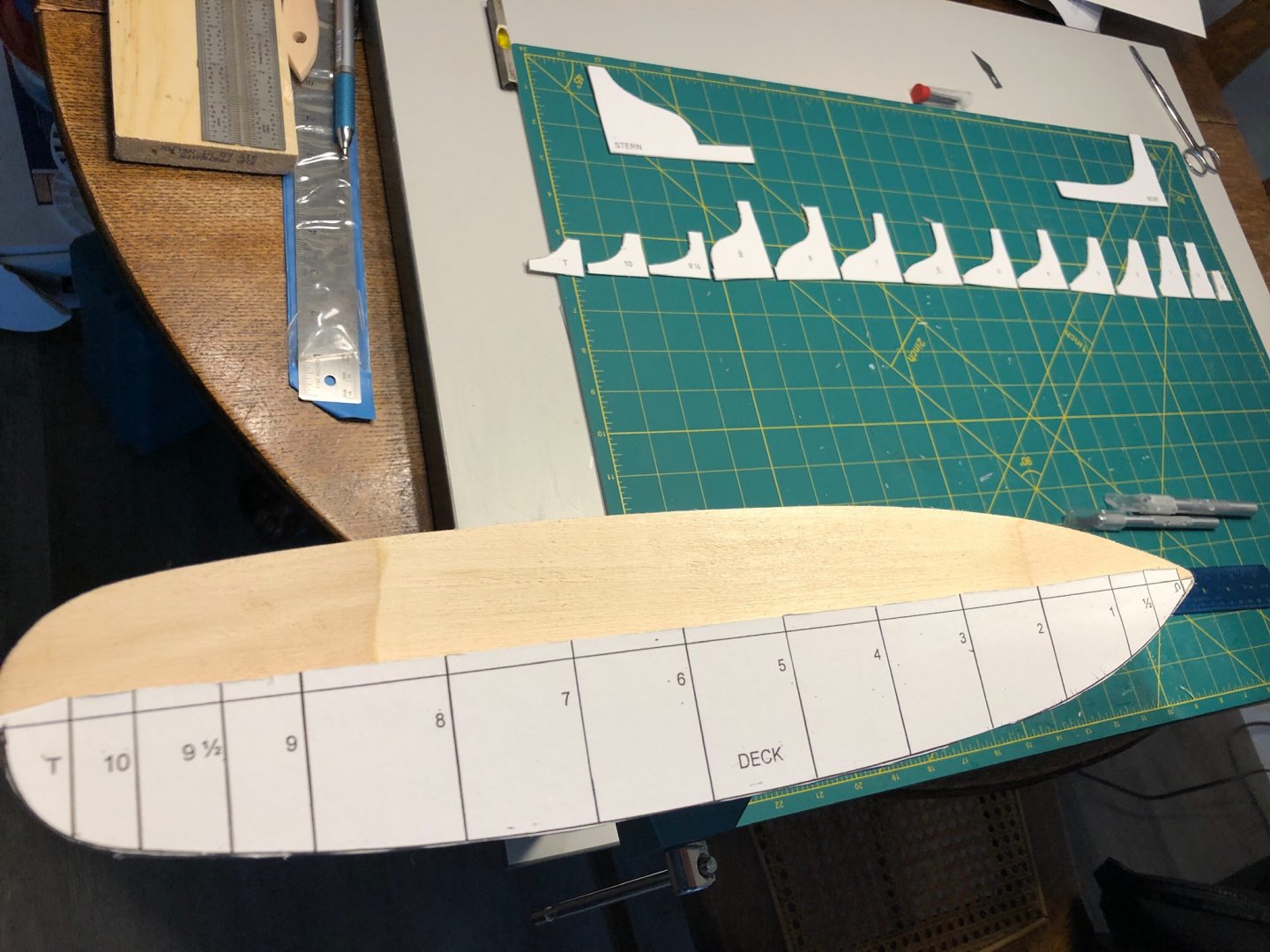
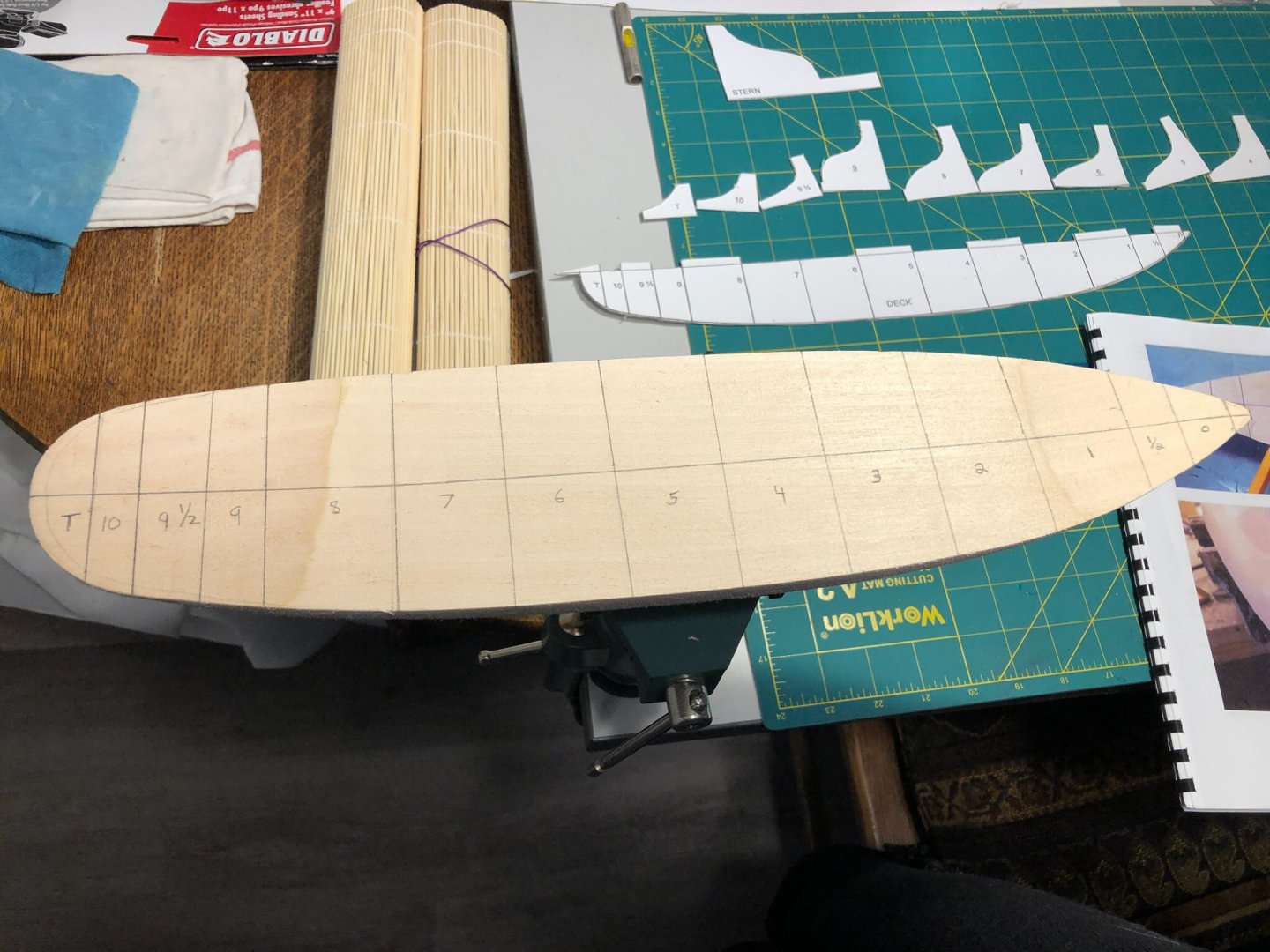
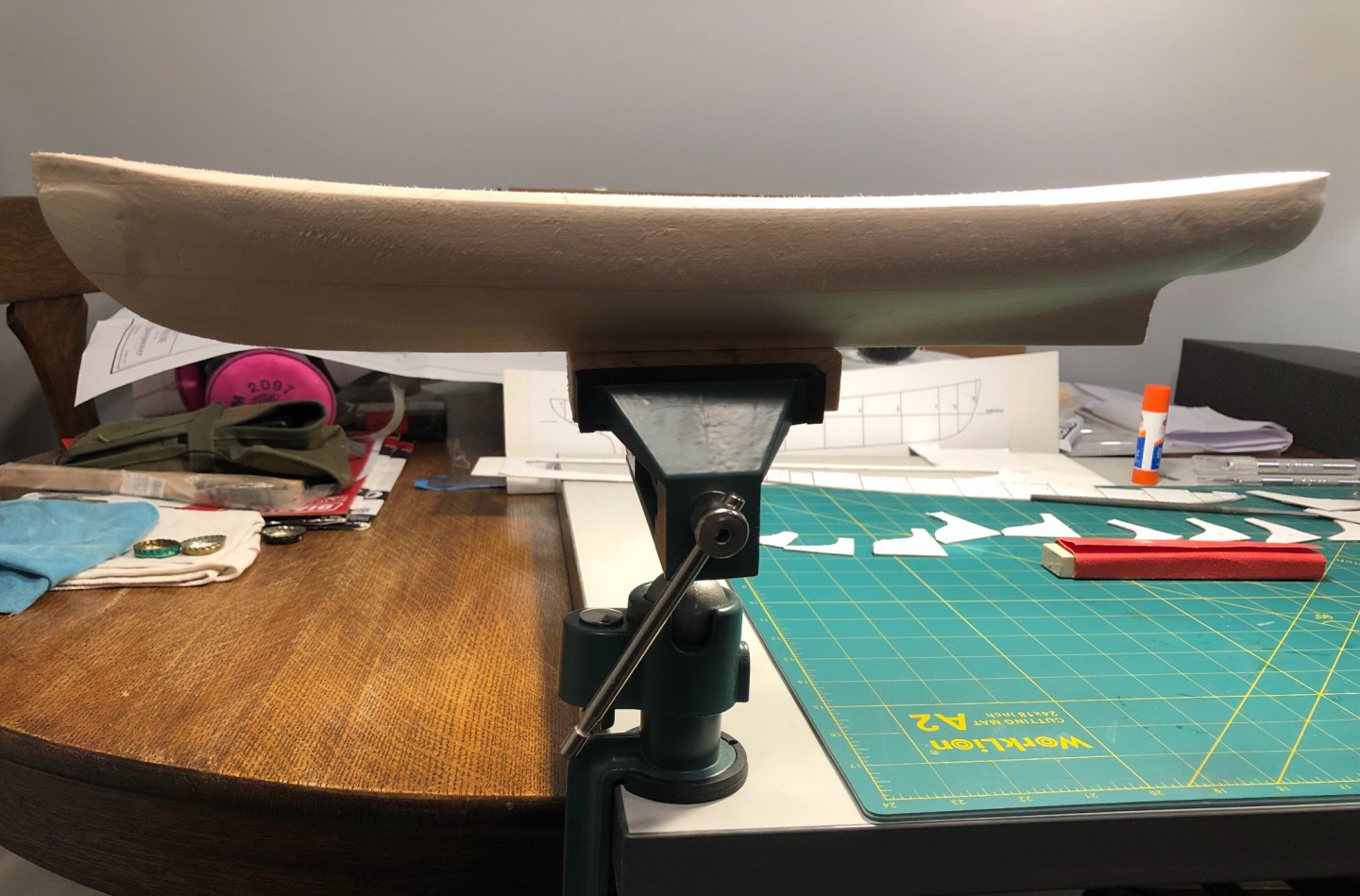
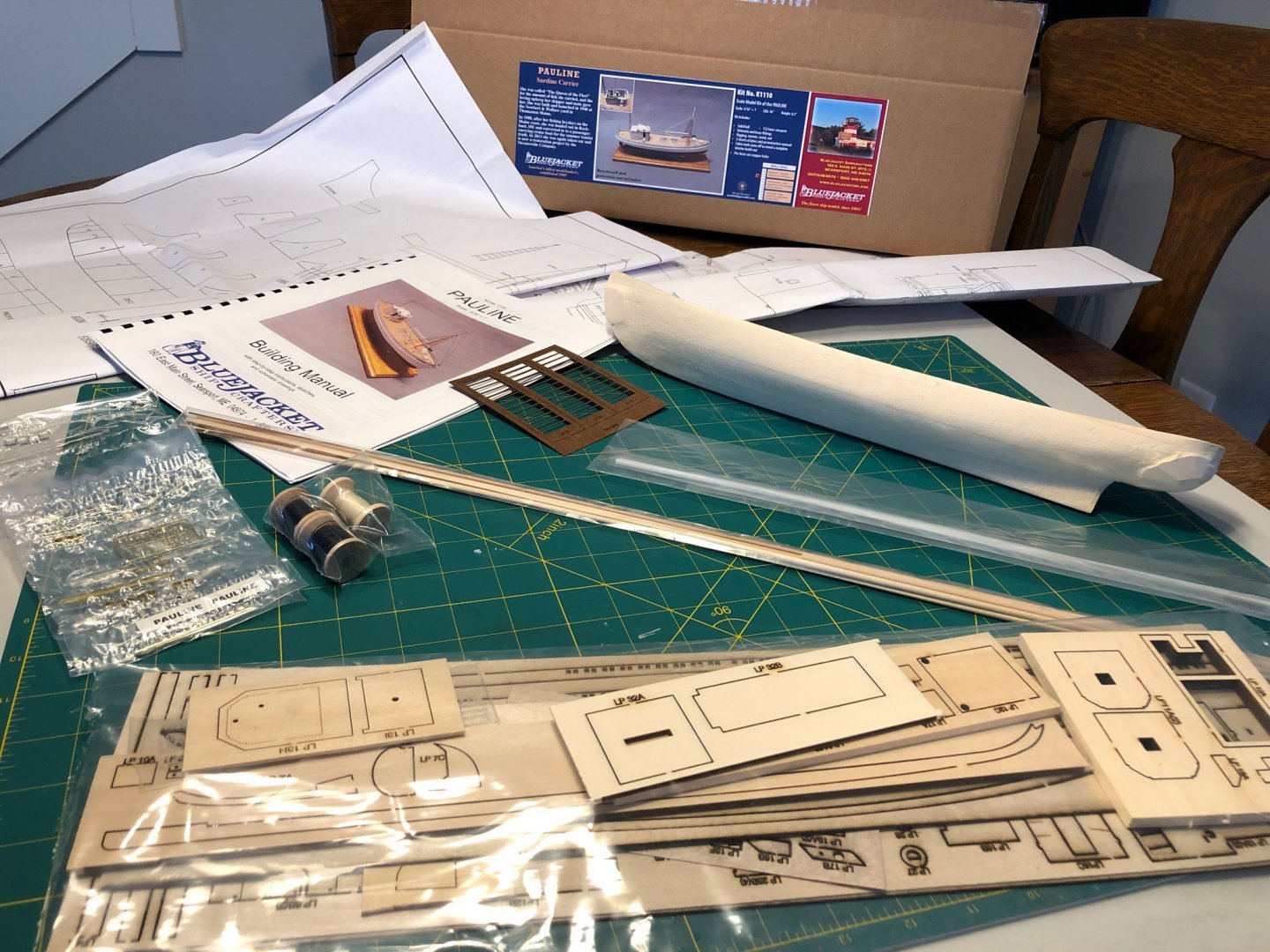
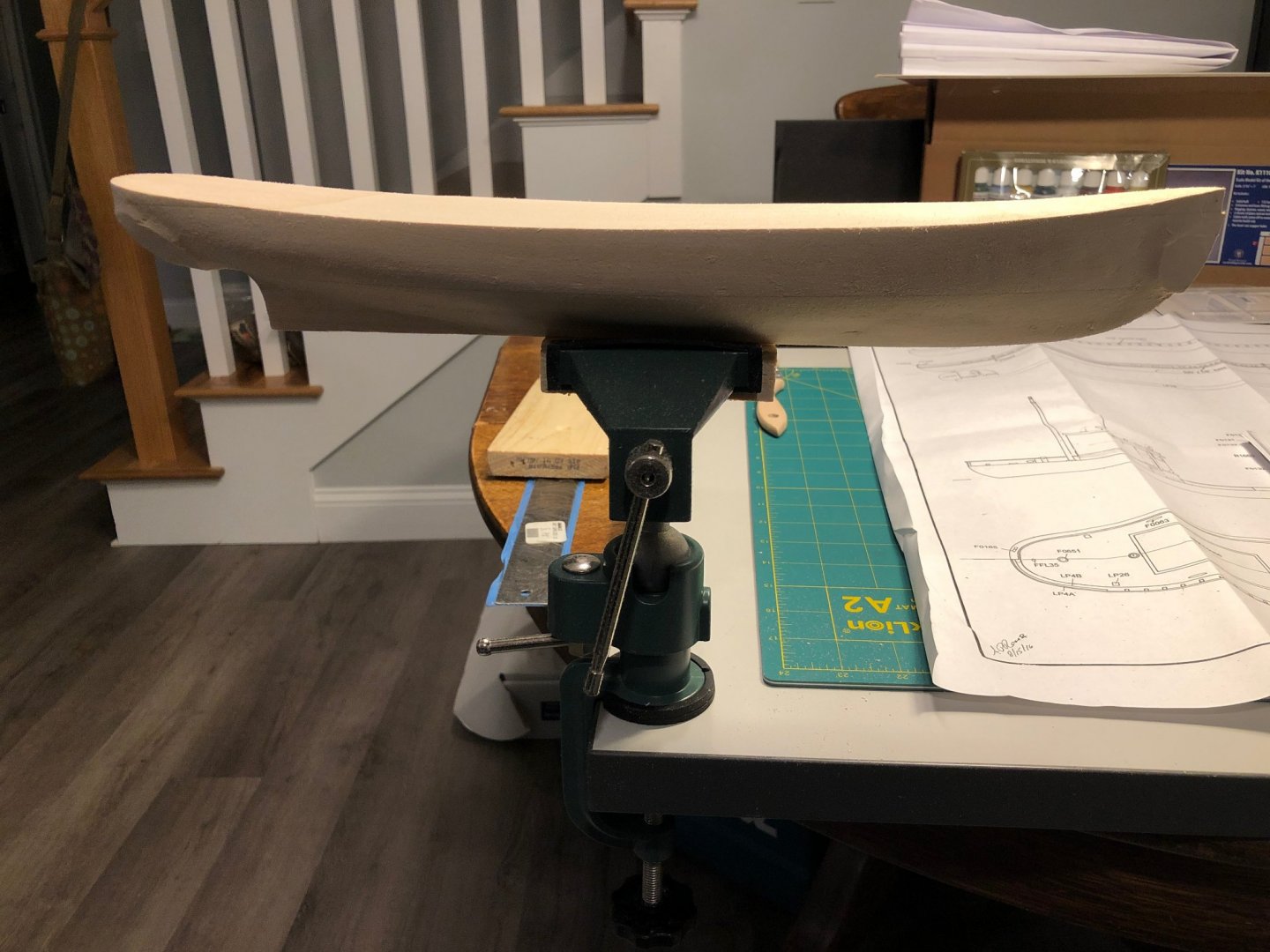
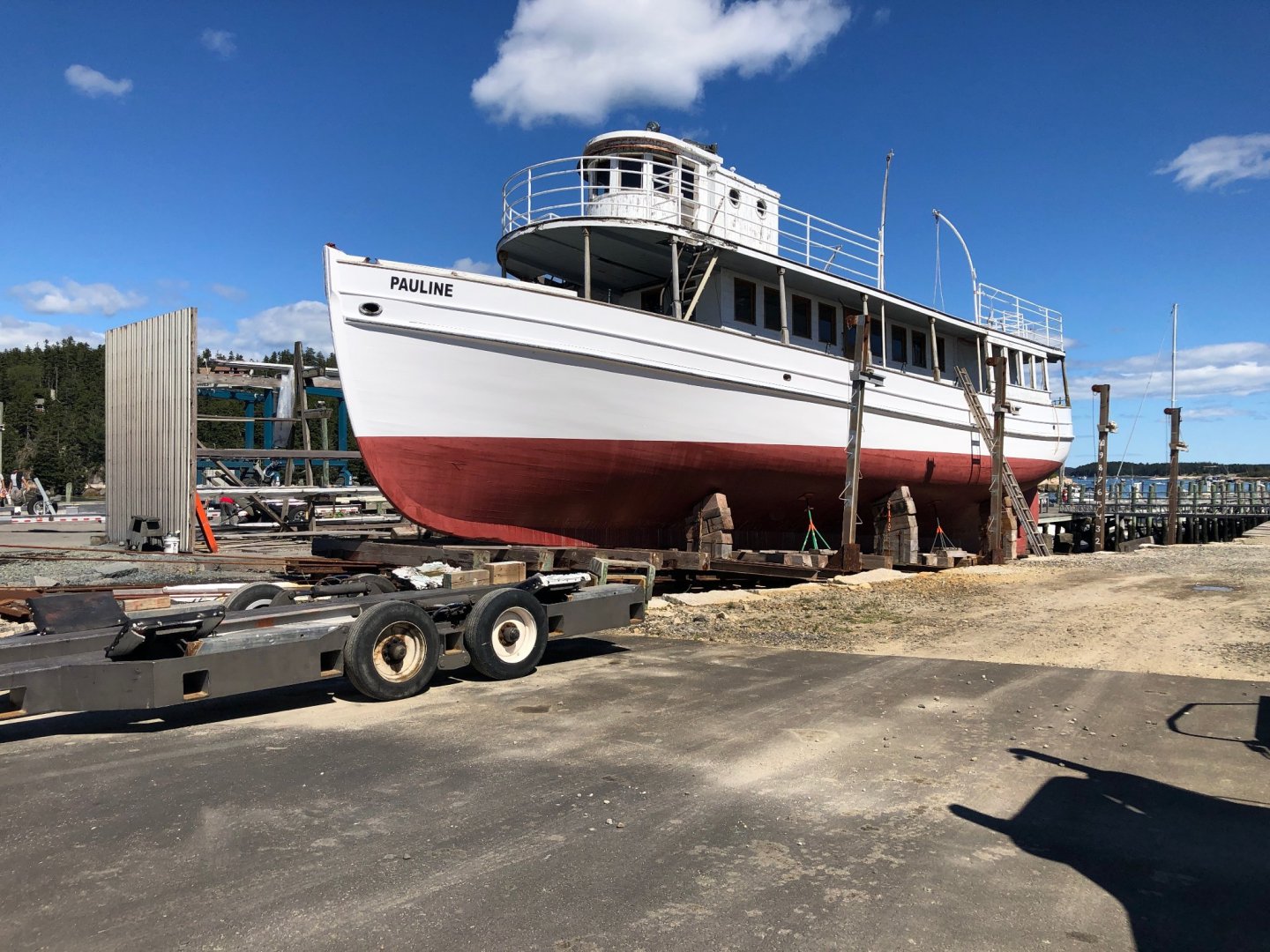
Pauline by pwog - FINISHED - BlueJacket Shipcrafters - 3/16" - Sardine Carrier
in - Kit build logs for subjects built from 1901 - Present Day
Posted
@kurtvd19
absolutely!
WoodenBoat number 59, July/August 1984.
There is also an article on sardine carriers that starts in issue number 58, May/June 1984 and ends in number 59.